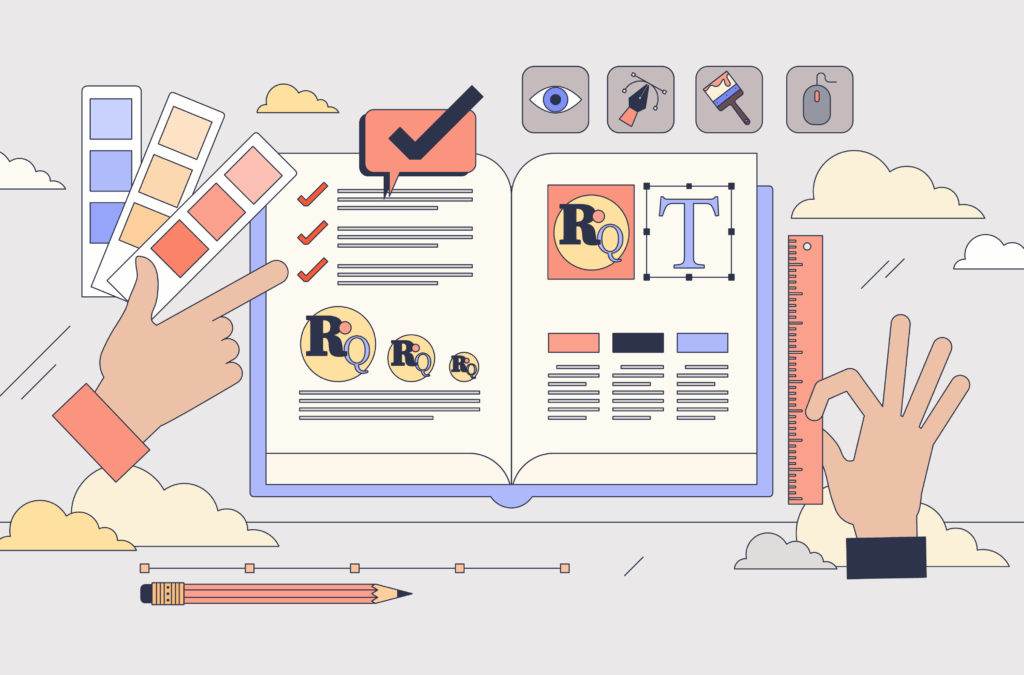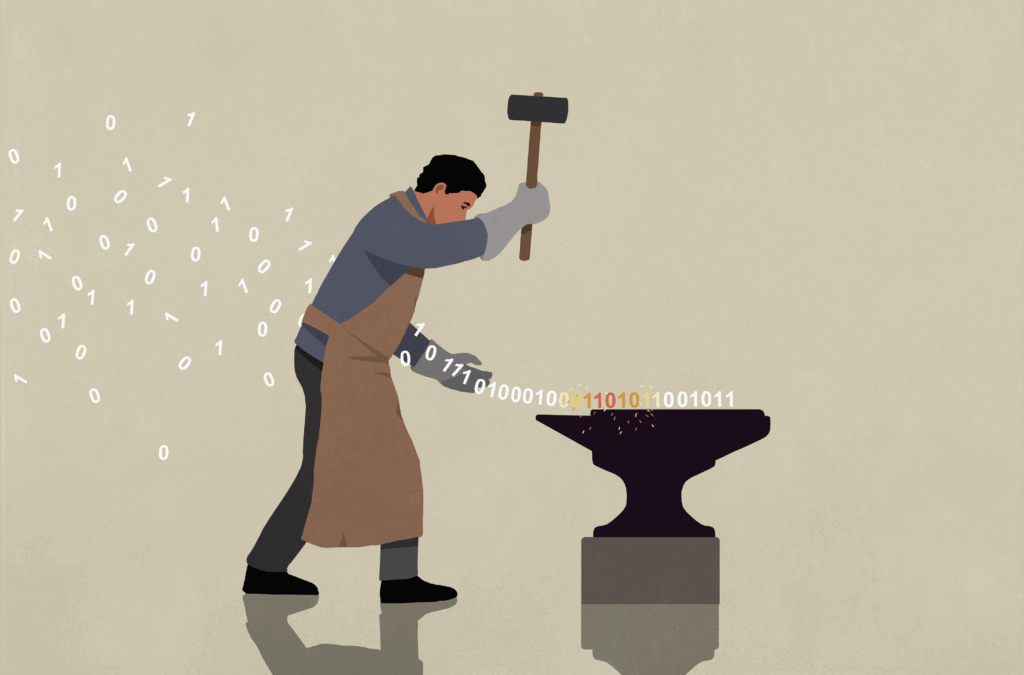
Get Your Head in the Cloud, NOW!

Every few years technology experiences an evolutionary shift. That means this should be an interesting year.
From personal computers to networks to the Internet to mobility, fundamental changes occur that alter the way we do business. From a cost and accessibility perspective, it usually takes time for technological advances to reach the masses, but once they do, everything changes.
As we start our new year, consider the areas where your agency should be actively evaluating, planning and implementing. It’s not a question of if your agency will implement these technologies; it’s a question of when. And when matters.
While I don’t usually recommend agencies go too far off-road, the inherent benefits of technological advance diminish significantly the farther you lag behind. If you constantly find your agency is behind and rushing to catch up, you’ll want to think about how to elevate some of these strategic technology initiatives (and your IT leader) at your agency. Over the next couple months, I’ll talk about the strategic importance of several transformation technologies that are within our reach. This month’s topic: Why you should get out of the hardware business.
I’ve touched on this idea before, but it’s time to get serious. You’ve likely come across the concepts of “Infrastructure as a Service” and “Desktop as a Service,” likely by their acronyms IaaS and DaaS. Conceptually they’re the same. Instead of buying computers, you subscribe to virtual computers. IaaS focuses on servers and network storage—the noisy locked room full of blinking lights and wires. DaaS focuses on your individual desktops. Under these models, the computers actually exist in massive redundant data centers and are managed by large companies like Amazon and Microsoft.
By moving from a capital expense to a subscription model, you’ll fundamentally change the way you purchase your base technology. If you run an agency with multiple locations, you’ll need an architectural shift in your network structure to optimize performance. So this isn’t just a quick change. This is a direction that requires planning and testing. But don’t let that scare you off, because the results will be dramatic.
Cyber Me This
When you are dealing with top-tier vendors like Amazon and Microsoft, a shift to the cloud will provide an immediate exponential boost to data security, data redundancy, cyber protection, disaster recovery and business continuity. At the risk of lighting fires with my CIO colleagues, there is no way your agency can implement and achieve results anywhere near these levels.
Why? Your current in-house systems don’t reside in geographically dispersed data centers that cost billions of dollars. Your systems aren’t monitored by armies of top-flight network, data and security engineers. The cost of this level of infrastructure is extreme unless you are able to exercise the economies of scale that these architectures provide.
Every few months or years your agency likely spends time and money on performance upgrades for your backroom and desktop systems. Ours is a data-driven industry, so we always run low on storage and sometimes things just slow down. So we go through the upgrade cycle, buying more hardware to slam into the blinking boxes in the back room. It’s like when your brother-in-law visits for a week. The more you feed him the hungrier he gets.
Moving your infrastructure to the cloud fundamentally changes this model. Without getting into the technical details of virtual computing, the hardware specifications can easily be adjusted if performance begins to suffer. In fact, you can elect configurations that automatically increase the power when you need it and bring it back down when you don’t.
When you’re calculating that million-row spreadsheet, the system bumps up your processing power and charges you more for those cycles. As your needs subside, the processor rolls down, charging you less. With the in-house model, you wait for performance to suffer, order more equipment (paying for it up front) and make adjustments to the hardware. This multi-day process pales in comparison to the dynamic model. And you don’t get to roll back your cost when the need drops.
Meaningful Collaboration
When you move your desktops into the cloud, the power, shape and scope of your desktops become far less relevant. When all of your processing power exists in the cloud, lower-end machines become an option for even the most demanding tasks. New classes of tablet/laptop hybrids become a compelling alternative to clunky desktop computers.
In fact, if you consider giving a Microsoft Surface or similar ultraportable tablet to every employee instead of a desktop, you will start to fundamentally change the way everyone works. First, don’t worry about your luddites and technology grouches. The Surface drops into a dock using the same monitors, mouse and keyboard so your employees who love the idea of being chained to their desk for eternity can continue to live in their steady, unchanging world.
For the rest of your employees, the freedom will be transformational. Working on a complex renewal? Everyone can gather in a meeting room with their full desktops right in front of them. Does a CSR need more training? Bring your actual desktop to the training session even if it’s in another state. Power grid issues? Gather the entire agency at Starbucks—assuming you have a large enough Starbucks nearby—and keep working.
Technology infrastructure is one of the least interesting topics to talk about at a cocktail party, but if you like the sound of breaking chains and freeing your colleagues to work in the way they want, this is the direction to go. Out of all the topics I talk to agency technology leaders about, this one is the most controversial, and it’s really not about the technology. (It’s about trust and management.)
In the IT world, we consider ourselves more artists than scientists. The architectures and systems we pull together are emotionally likened to the restoration of a classic car. The idea that an outside vendor can do it better is a tough pill to swallow, but in this case it’s undeniable. If your agency isn’t actively exploring and testing cloud infrastructure, you’ll be another year older when it finally does.




